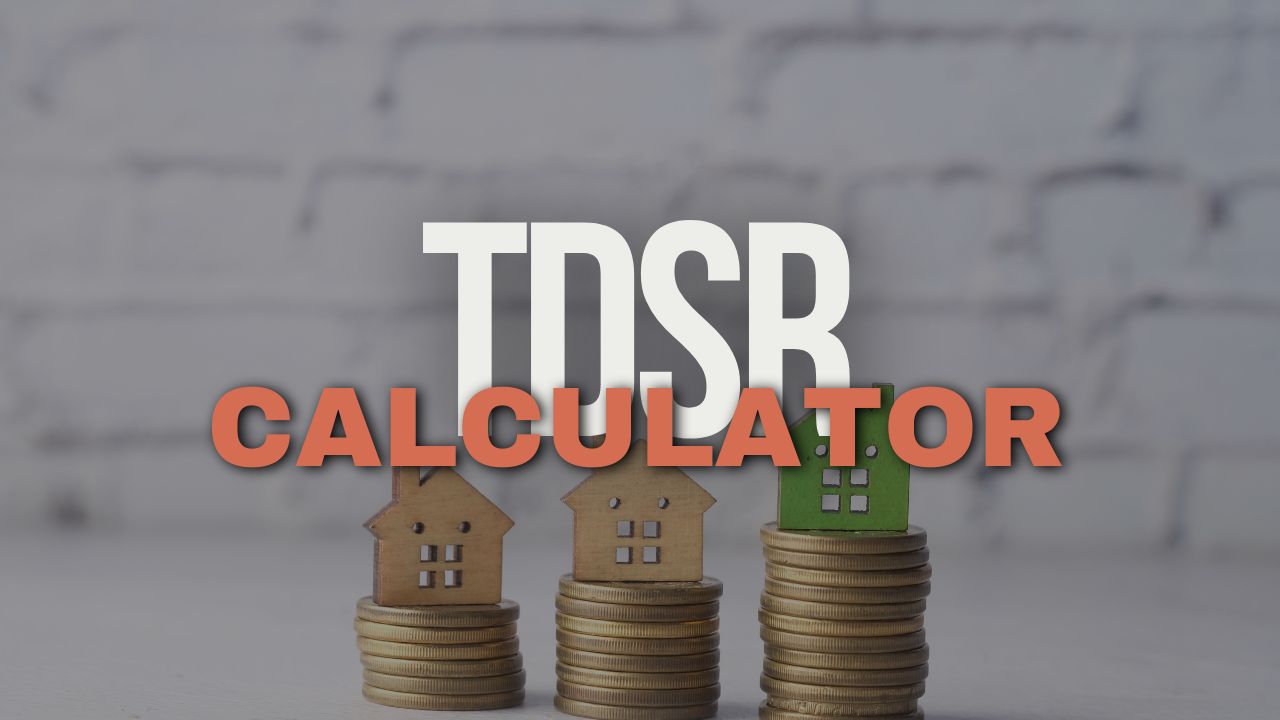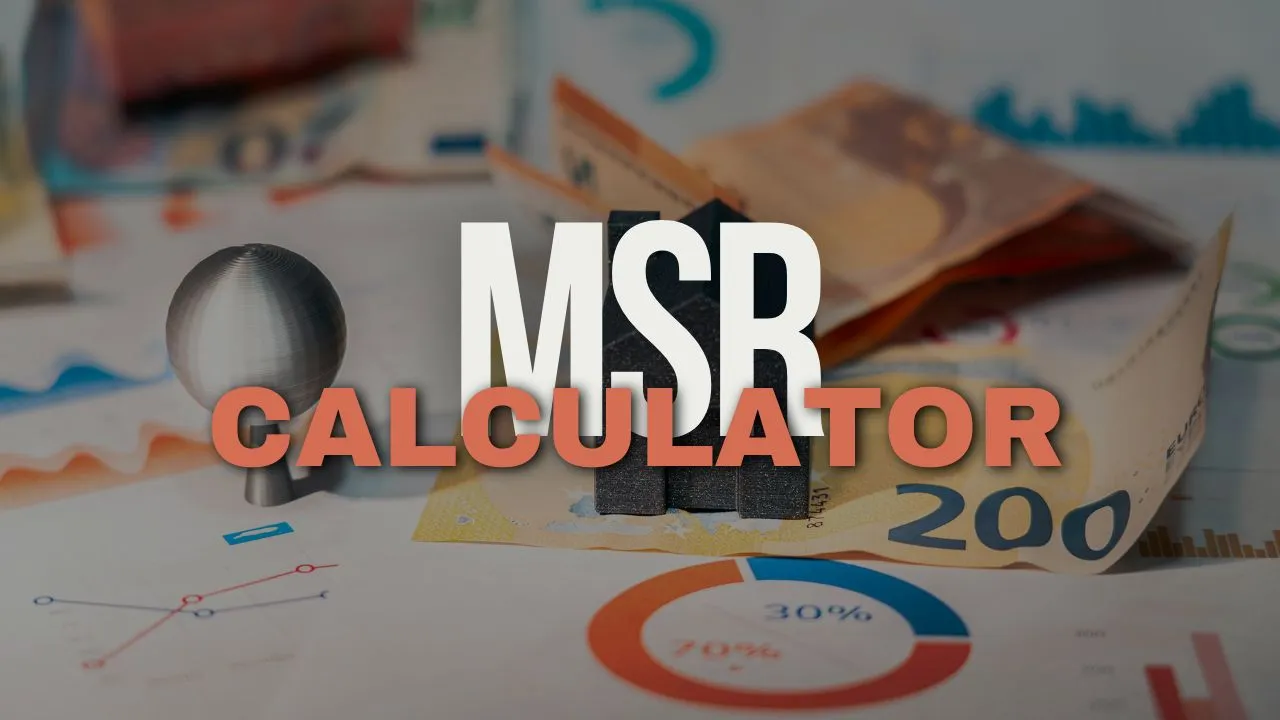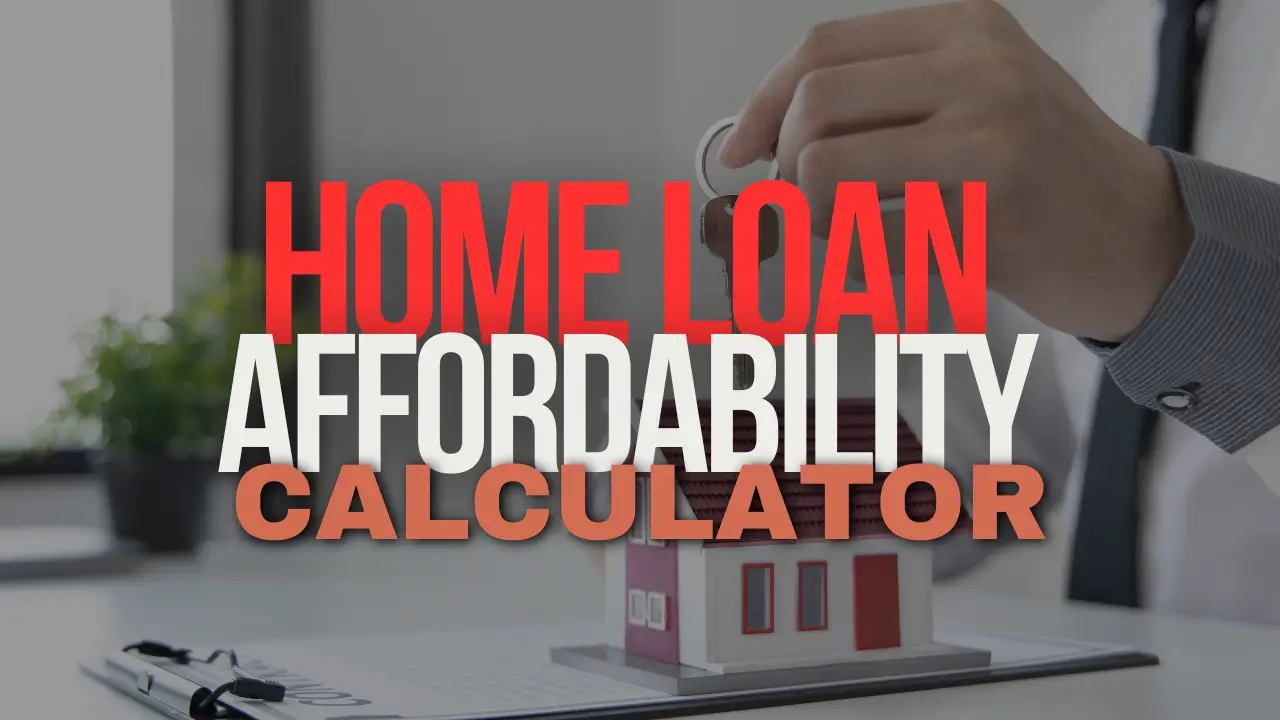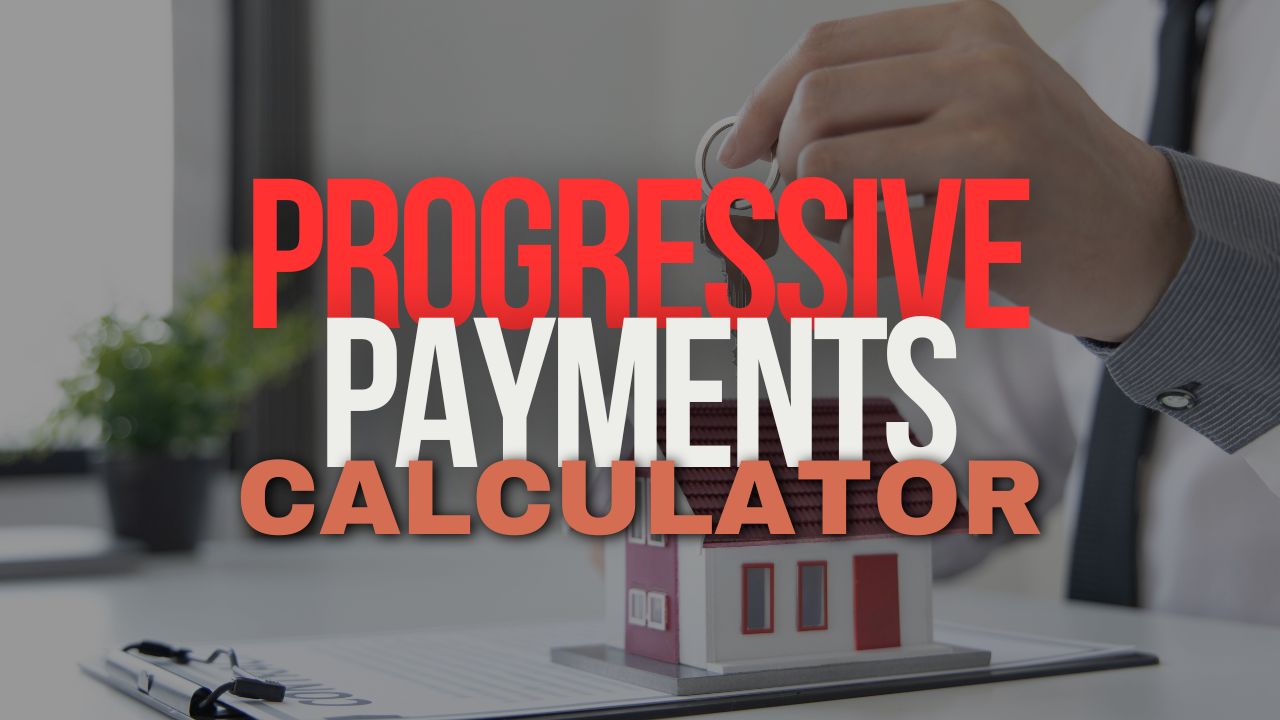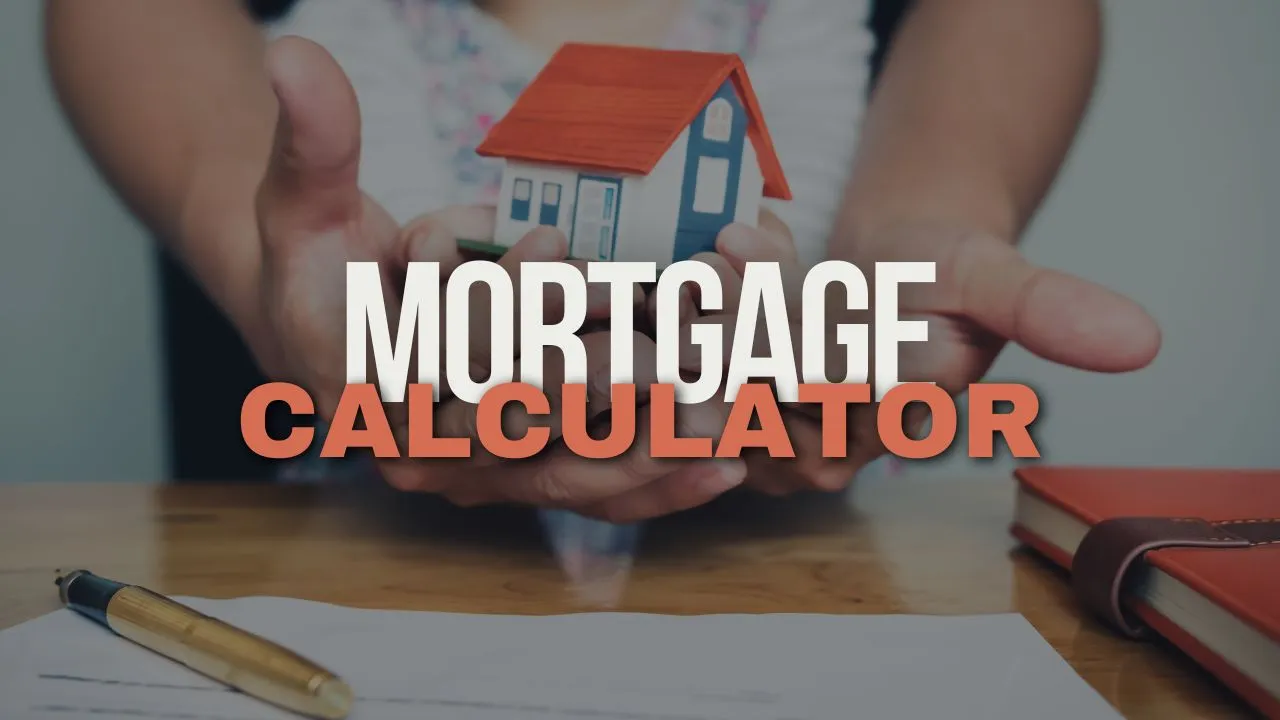Singapore Stamp Duty Calculator
Singapore Stamp Duty Calculator
Calculate your Buyer’s Stamp Duty (BSD) and Additional Buyer’s Stamp Duty (ABSD) with accurate progressive rates and detailed breakdowns
Property & Buyer Details
Calculation Results
Stamp Duty Breakdown
BSD Progressive Rate Breakdown
ABSD Rate Applied

Singapore Stamp Duties Explained: Use the Singapore Stamp Duty Calculator to Get Your BSD, Buyer Stamp Duty, and Rental Stamp Duty Right
If you’re buying, selling, or renting a property in Singapore, understanding stamp duties is essential. This guide shows you what stamp duties are, how BSD (Buyer’s Stamp Duty) works, when ABSD applies, and how to compute rental stamp duty.
You’ll also learn how to use a stamp duty calculator to estimate the amount you have to pay accurately. It’s worth reading because mistakes can be costly—stamp duty is payable within strict deadlines, and the rates and computation can differ for residential properties vs non-residential properties.
Outline of Use the Singapore Stamp Duty Calculator to Get Your BSD, Buyer Stamp Duty, and Rental Stamp Duty Right
- What are stamp duties in Singapore and why do they matter?
- How does BSD work and what BSD rate bands apply?
- What is ABSD and who needs to pay it?
- How do I use a stamp duty calculator for properties in Singapore?
- How much stamp duty is payable for residential properties vs non-residential?
- What is the valuation basis: purchase price or market value?
- Is stamp duty rounded down to the nearest dollar and when is it due?
- How to pay stamp duty: IRAS e-stamping portal steps
- When do I need to pay rental stamp duty for renting a property?
- What if I’m buying HDB or a residential property in Singapore—any special rules?
- What remission conditions can reduce ABSD or BSD?
- What if the tenancy agreement is signed late or the rent payable changes?
- What documents are liable to stamp duty and who is required to pay?
- What happens if I don’t pay stamp duty within 14 days?
- Common mistakes in stamp duty calculation and how to avoid them
What are stamp duties in Singapore and why do they matter?
Stamp duties are taxes on dutiable documents relating to immovable properties in Singapore, including sale and purchase agreements and tenancy agreements.
Whether it’s a property purchase or a rental, stamp duty is payable according to the rules and regulations set by the Inland Revenue Authority of Singapore (IRAS).
For buyers, the key components are buyer’s stamp duty (commonly called BSD) and, in some cases, ABSD. For tenants, rental stamp duty applies to tenancy agreements.
Understanding stamp duties helps you plan cash flow. The amount you have to pay can be significant and is usually required to be paid within 14 days of signing the sale and purchase agreement if it is executed in Singapore.
If it’s executed overseas, different timing rules apply. Getting the rates and computation right ensures you comply with the corresponding rules and regulations and avoid penalties.
How does BSD work and what BSD rate bands apply?
BSD (Buyer’s Stamp Duty) applies to most properties acquired in Singapore. BSD is computed on the purchase price or market value, whichever is higher. The BSD rate is tiered for residential properties and differs for non-residential properties.
For residential properties, the computation is based on the BSD rates set by the Singapore government and updated by IRAS from time to time.
Here’s the concept: BSD is payable based on tiers such that the first tranche of valuation is taxed at a lower rate and higher tranches at higher rates.
The valuation basis is critical because a valuer may assess the market value of the property differently from the stated price.
If the market value is higher, the BSD payable is based on that. Always anchor your stamp duty calculation on official BSD rate tables from IRAS.
What is ABSD and who needs to pay it?
ABSD (Additional Buyer’s Stamp Duty) is a surcharge imposed on top of BSD for certain buyers, depending on their profile and the number of properties acquired.
For example, Singapore citizens buying their second or subsequent residential properties may need to pay ABSD. Singapore permanent residents and foreigners often face different duty rates, as determined by the Singapore government.
Companies buying residential properties in Singapore may also be liable to stamp duty under ABSD at a separate rate.
ABSD is computed on the valuation as well—again, on the purchase price or market value, whichever is higher. ABSD applies only to residential properties, not non-residential.
When you compute BSD and ABSD together (often called bsd and absd in calculators), remember ABSD comes on top of bsd.
Check if ABSD remission conditions apply, such as for married couples under certain timelines and corresponding rules and regulations.
How do I use a stamp duty calculator for properties in Singapore?
A stamp duty calculator helps estimate BSD and ABSD quickly. You’ll typically enter key input items: buyer profile, number of properties owned, property type (residential or non-residential), and the price. The calculator for Singapore properties should handle both BSD and ABSD, and sometimes rental stamp duty for tenancy. You may also find an absd calculator separately.
To be safe, always verify the output against IRAS guidance. The best practice: use the stamp duty calculator provided by or linked via the IRAS e-stamping portal.
If using a third-party calculator for any loss arising from mistakes, remember to cross-check because only IRAS publishes the official duty rates, and based on corresponding rules, it’s your responsibility to ensure correctness.
The company behind this calculator (if a private provider) is not a substitute for IRAS.
How much stamp duty is payable for residential properties vs non-residential?
The stamp duty payable depends on the property type. Residential properties are taxed under the residential BSD rate schedule.
In addition, ABSD may apply to residential property purchases, depending on the buyer’s profile and the number of properties acquired.
This means the amount you have to pay could be significantly higher for a second property or for certain buyer categories.
For non-residential properties, only BSD applies, using the non-residential BSD rates. There is no ABSD on non-residential. If you’re comparing duty rates across property classes, don’t confuse the two systems. Always select the correct option in any calculator and verify that the computation aligns with IRAS.
What is the valuation basis: purchase price or market value?
The core principle is simple: BSD and ABSD are computed on the purchase price or market value of the property, whichever is higher. This protects the tax base in cases where the stated price is lower than the market level.
A valuer’s assessment may influence this figure, particularly in unusual sale conditions or where there’s a large variance between the transacted price and recent comparables.
In some cases, the sale and purchase price reflects fair value and matches the valuation. In others, IRAS may look at the valuation to ensure that stamp duty is payable correctly.
If you are unsure, consult a licensed valuer and confirm what IRAS will accept so that your stamp duty calculation matches the rules and regulations as set.
Is stamp duty rounded down to the nearest dollar and when is it due?
For property transactions executed in Singapore, stamp duty is generally paid within 14 days of the date of the sale and purchase agreement.
If executed overseas, the timing differs, but the common phrasing you’ll encounter is to pay IRAS within 14 days upon receiving the document in Singapore. Always check the exact timeline on the IRAS site to avoid penalties and interest.
Amounts are usually rounded down to the nearest dollar in computation outputs on the IRAS portal. While this may seem minor, consistency matters—when using a calculator, ensure it aligns with IRAS formatting.
Remember, the duty is required to pay within the stipulated timeline, and late payment can result in fines.
How to pay stamp duty: IRAS e-stamping portal steps
You can pay stamp duty through the IRAS e-stamping portal. The process typically involves logging in, selecting the correct instrument type (sale and purchase agreement for a purchase, tenancy agreement for renting), entering the transaction details and the valuation (purchase price or market value), then reviewing the computed duty rates. Finally, you make a payment online.
Using the e-stamping portal ensures your computation is based on the corresponding rules from IRAS. Keep a record of your acknowledgement and reference.
If you’re unsure whether you need to pay a particular duty, the portal’s guided forms and help notes usually make clear whether you are liable to stamp duty for the document you’re submitting.
When do I need to pay rental stamp duty for renting a property?
Rental stamp duty applies when a tenancy agreement is signed for a property lease in Singapore. The tenant is typically the party required to pay.
The duty is computed on rent payable across the lease term, considering any fixtures or other payments that form part of the consideration. If the tenancy agreement is signed in Singapore, it must be paid within 14 days; otherwise, the timing may differ.
Rental stamp duty is relevant to both residential properties and non-residential properties. Landlord-to-tenant relationships often involve renewals, and stamp duty may apply again for extensions or variations.
If you’re renting a property, check whether the duty applies to your tenancy agreement and whether any exemptions exist. When in doubt, compute using the portal or a calculator and verify with IRAS.
What if I’m buying HDB or a residential property in Singapore—any special rules?
For an HDB purchase, stamp duties are still applicable—the structure remains BSD and, where relevant, ABSD. You’ll use the same principle: purchase price or market value, whichever is higher, with BSD payable and ABSD potentially on top of BSD.
The e-stamping portal supports HDB purchases and guides you through the sale and purchase inputs.
For any residential property in Singapore, ABSD depends on the buyer’s profile, citizenship, and the number of properties acquired. Certain remission conditions may apply for married couples, subject to timeline rules. Always check IRAS notices before committing to a property purchase to ensure the amount you have to pay aligns with your budget.
What remission conditions can reduce ABSD or BSD?
Remission conditions vary. Common ABSD remissions include scenarios for married couples buying a second property while selling their first within a prescribed timeline.
There are specific rules and regulations as set by IRAS outlining documentary requirements, timelines, and the eligibility criteria. For BSD, remissions are rarer but may exist for specific policy reasons.
Because these are policy tools of the Singapore government, the details can change. Always confirm the latest remission conditions on IRAS.
If you plan a transaction that assumes remission, treat it as conditional until IRAS approval, because you may need to pay full duties first and then apply for remission.
What if the tenancy agreement is signed late or the rent payable changes?
If a tenancy agreement is signed late relative to a planned date, the timing for payment still tracks the actual execution date. Rental stamp duty must be paid within the prescribed period from the date the tenancy agreement is signed.
If rent payable changes through a variation agreement, that new instrument may itself be liable to stamp duty depending on the change.
Tenants should monitor renewals and rent adjustments. Use the e-stamping portal to generate an additional certificate if necessary.
If you are uncertain, IRAS guidance explains when a variation requires fresh stamping. When the rent payable increases, the stamp duty amount may need to be topped up accordingly.
What documents are liable to stamp duty and who is required to pay?
Key documents include the sale and purchase agreement for acquisitions and the tenancy agreement for leases. For a sale and purchase, the buyer is generally required to pay BSD and any ABSD.
For a lease, the tenant typically bears rental stamp duty unless the parties agree otherwise. The liable parties are outlined by IRAS for each instrument type.
Always identify whether a document is liable to stamp duty before execution. If you’re unsure, consult IRAS or professional advisers.
The principle remains: if you are acquiring properties in Singapore or entering into a lease affecting immovable properties in Singapore, you are likely liable to stamp duty.
What happens if I don’t pay stamp duty within 14 days?
If stamp duty is not paid within 14 days for documents executed in Singapore, penalties may apply. IRAS can impose a fixed penalty or a percentage of the duty, escalating with the delay.
If not resolved, enforcement measures can follow. Given that stamp duty is payable quickly after execution, diarise the deadline and use the e-stamping portal to pay promptly.
You may also face issues when registering titles or relying on the document in legal proceedings if it is not duly stamped. Always treat the timeline as strict. If you discover an oversight, pay IRAS within 14 days of discovery if possible and contact IRAS for guidance on penalties and next steps.
Common mistakes in stamp duty calculation and how to avoid them
- Using the wrong property type: Confusing residential and non-residential changes the BSD rate and whether ABSD applies.
- Ignoring valuation: Remember it’s purchase price or market value, whichever is higher. If the market value is higher, your stamp duty calculation must reflect that.
- Missing ABSD profile details: Buyer profile, citizenship, and the number of properties acquired drive ABSD. Omitting these leads to underpayment.
- Relying solely on third-party tools: A calculator is helpful, but always cross-check with IRAS, since IRAS sets the duty rates and corresponding rules.
- Forgetting deadlines: Documents must be paid within 14 days if executed in Singapore. Set reminders to pay stamp duty on time.
- Errors in tenancy details: For renting a property, ensure rent payable, lease term, and any fixtures are correctly entered; changes may require restamping.
Examples: Putting BSD and ABSD together
Imagine a property purchase where the sale and purchase agreement states $1,500,000, but a valuer assesses the market value at $1,550,000.
BSD and any ABSD will be computed on $1,550,000 because the rule is purchase price or market value, whichever is higher. Your BSD payable follows the residential BSD rate schedule, and if ABSD applies to your profile, it’s added on top of the BSD.
For a non-residential purchase at $3,000,000 with no ABSD applicable, you still compute BSD on $3,000,000 or the market value if it’s higher. This distinction between residential and non-residential is key to avoiding miscalculation.
Practical workflow for buyers, landlords, and tenants
- Buyers: Before signing the sale and purchase agreement, run your numbers with a stamp duty calculator or ABSD calculator to estimate BSD and ABSD. Confirm any remission conditions that might apply and plan cash flow so that you can pay IRAS within 14 days. Keep copies of your e-stamping acknowledgements.
- Landlords: When issuing a tenancy agreement, remind the tenant about rental stamp duty and guide them to the e-stamping portal. Clarify whether any changes to rent payable or term will require additional stamping.
- Tenants: Confirm who is required to pay the rental stamp duty (usually the tenant). Use a calculator to estimate the duty and pay stamp duty promptly after the tenancy agreement is signed.
FAQs: Quick answers to frequent questions
- Do I need to pay ABSD on non-residential properties? No, ABSD applies to residential properties only. Non-residential properties attract BSD only.
- Is stamp duty applicable to all sale and purchase documents? Most sale and purchase agreements relating to immovable properties in Singapore are liable to stamp duty.
- What if I’m unsure about valuation? Get guidance from a valuer and check IRAS notes. If the market value is higher than the price, that value will be the basis.
- Can I rely on a third-party calculator? Yes, for estimates, but verify with IRAS. If there’s a discrepancy, IRAS’s rates and computation prevail.
- What if I miss the deadline? Penalties can apply. Act quickly to regularise and contact IRAS.
Key takeaways on rules and process
Stamp duty rules are detailed, but the core is straightforward: understand your buyer profile, identify the correct property class, confirm valuation, and compute BSD and, if applicable, ABSD.
For leases, check the tenancy agreement details and compute rental stamp duty based on the rent payable and term. Keep in mind the e-stamping portal is the official path, and IRAS guidance is the final word.
Closing thoughts: Plan early, verify often
Whether you’re making a property purchase or renting a property, stamp duties should be planned alongside your financing. Early computation ensures there are no surprises in the amount you have to pay.
Always refer to IRAS and the Inland Revenue Authority of Singapore website for the latest duty rates, remission conditions, and procedures.
- Stamp duties apply to sale and purchase agreements and tenancy agreements for immovable properties in Singapore.
- BSD applies to both residential properties and non-residential properties; ABSD applies only to residential properties and depends on the buyer profile and the number of properties acquired.
- Computation is based on purchase price or market value, whichever is higher; consult a valuer if needed.
- Use the IRAS e-stamping portal and a reliable stamp duty calculator to estimate and pay accurately.
- Stamp duty is generally paid within 14 days of execution in Singapore; missing deadlines can lead to penalties.
- For renting a property, rental stamp duty is typically paid by the tenant based on the rent payable and the lease term.
- Check remission conditions carefully; some buyers may qualify for ABSD remission under specific rules and timelines.
- Always verify duty rates and computation with IRAS, as the Singapore government updates policies, and the final stamp duty payable must align with official guidance.
- Keep documentation: sale and purchase agreement, tenancy agreement, and e-stamping acknowledgements for compliance.
- Differentiate clearly between residential property in Singapore and non-residential properties to avoid miscalculations.
Disclaimer: The information provided here is for general guidance only. PropsBit.com.sg does not endorse or guarantee its suitability or accuracy for your specific situation. Although we strive to ensure the content is accurate and reliable at the time of publication, it should not substitute personalised advice from a qualified professional. We strongly recommend not relying solely on this information for financial, investment, property, or legal decisions, and we disclaim any responsibility for decisions made based on this content.
This website’s information is meant solely for general informational use. PropsBit.com.sg and its authors disclaim all liability and responsibility to any individuals or organisations for any outcomes resulting from the use of this website’s content or the information presented here. PropsBit.com.sg reserves the right to add, remove, or change the website’s content at any time without prior notice.


